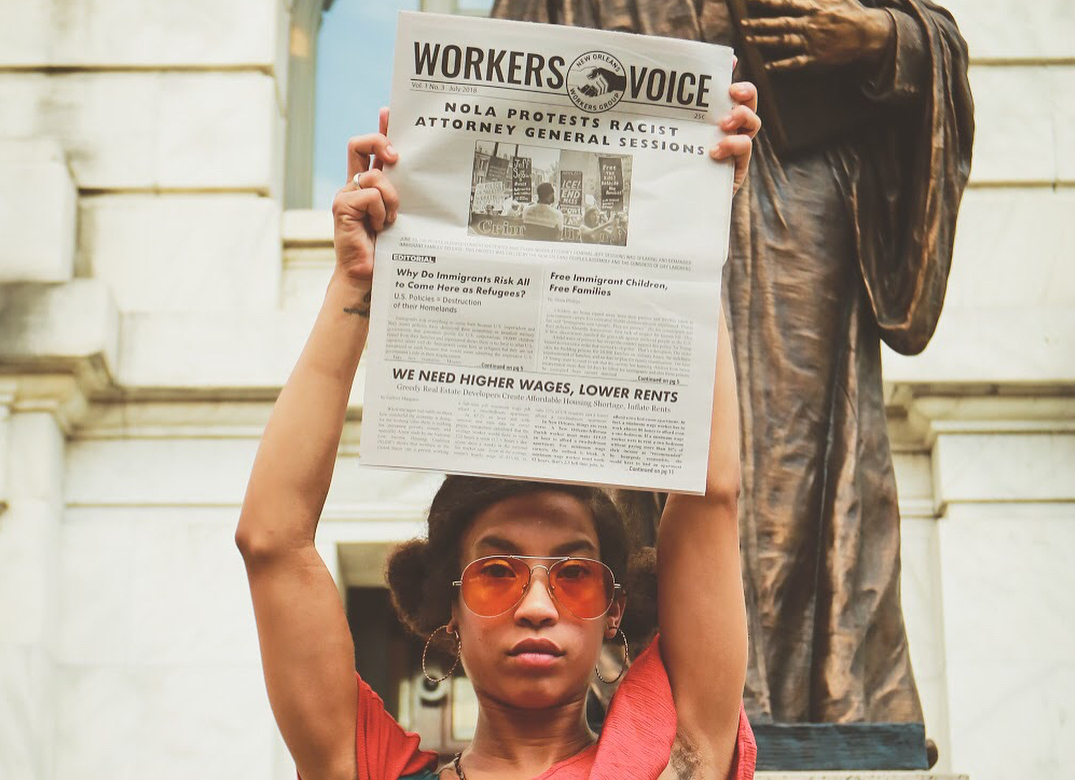by Gavrielle Gemma
President Trump met with his right-wing counterpart in Japan, Prime Minister Abe, on the first leg of a trip set up to threaten N. Korea, challenge China and forge a new imperialist alliance. Calling Japan a “Warrior Nation”, Trump urged Abe to quickly militarize Japan and promised to sell Japan weapons of every kind.
Japan had brutally occupied Korea from 1910 to 1945 when the U.S. took over after Japan’s defeat in World War II. Their military dictatorship of Korea involved shooting down and imprisoning thousands of worker and farmers fighting for independence and banning the Korean language, schools, newspapers and religion. By 1935, they “owned” half of all farmland stolen from Korean peasants and forced 5 million Koreans into the Japanese army to do all the dirty work for their imperialist army, even being used as military medical experiments in Japan. Over 200, 000 Korean women were kidnapped and forced into sexual and domestic slavery. After Japan lost out to the imperialist U.S., it was banned from developing a military. But now the Trump/Wall ST. /Pentagon Junta is urging them to massively militarize.
Japan threatening N. Korea is no different than if the U.S. had a press conference with a European colonizer in Africa to threaten to directly reoccupy the countries that had liberated themselves from colonialism. On the Korean peninsula, only N. Korea has liberated itself. South Korea has remained a colony of the U.S. with 40,000 troops, many bases and aircraft carriers and nuclear weapons. The U.S. has supported all the S. Korean dictatorships and corporations that impoverish the Korean working class. South Koreans Protest U.S THAAD missile systems and occupation. No War – Peace
Japan kidnapped 200,000 Korean girls and women called “comfort women” into forced sex slavery for Japanese troops. Others were forced in domestic slavery for Japan’s rulers. Koreans before and after WWII were abused and brutally discriminated against in Japan.
